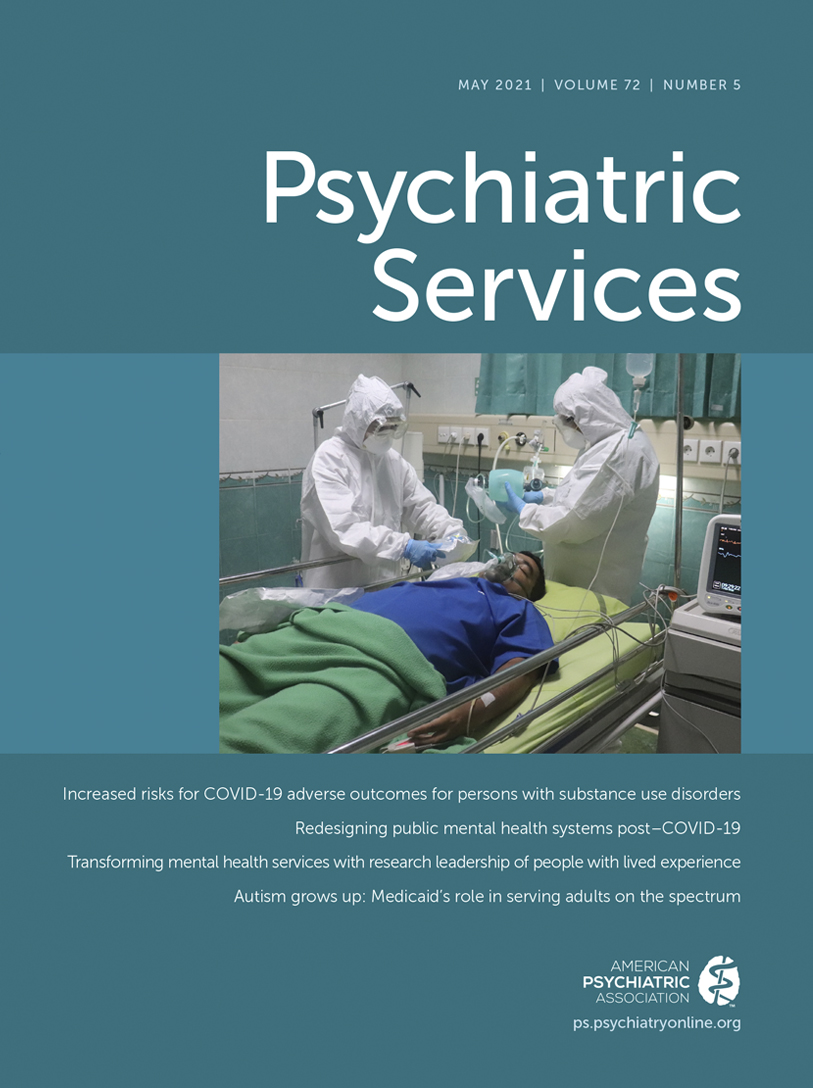Reconciling Statistical and Clinicians’ Predictions of Suicide Risk
Abstract
Statistical models, including those based on electronic health records, can accurately identify patients at high risk for a suicide attempt or death, leading to implementation of risk prediction models for population-based suicide prevention in health systems. However, some have questioned whether statistical predictions can really inform clinical decisions. Appropriately reconciling statistical algorithms with traditional clinician assessment depends on whether predictions from these two methods are competing, complementary, or merely duplicative. In June 2019, the National Institute of Mental Health convened a meeting, “Identifying Research Priorities for Risk Algorithms Applications in Healthcare Settings to Improve Suicide Prevention.” Here, participants of this meeting summarize key issues regarding the potential clinical application of suicide prediction models. The authors attempt to clarify the key conceptual and technical differences between traditional risk prediction by clinicians and predictions from statistical models, review the limited evidence regarding both the accuracy of and the concordance between these alternative methods of prediction, present a conceptual framework for understanding agreement and disagreement between statistical and clinician predictions, identify priorities for improving data regarding suicide risk, and propose priority questions for future research. Future suicide risk assessment will likely combine statistical prediction with traditional clinician assessment, but research is needed to determine the optimal combination of these two methods.



